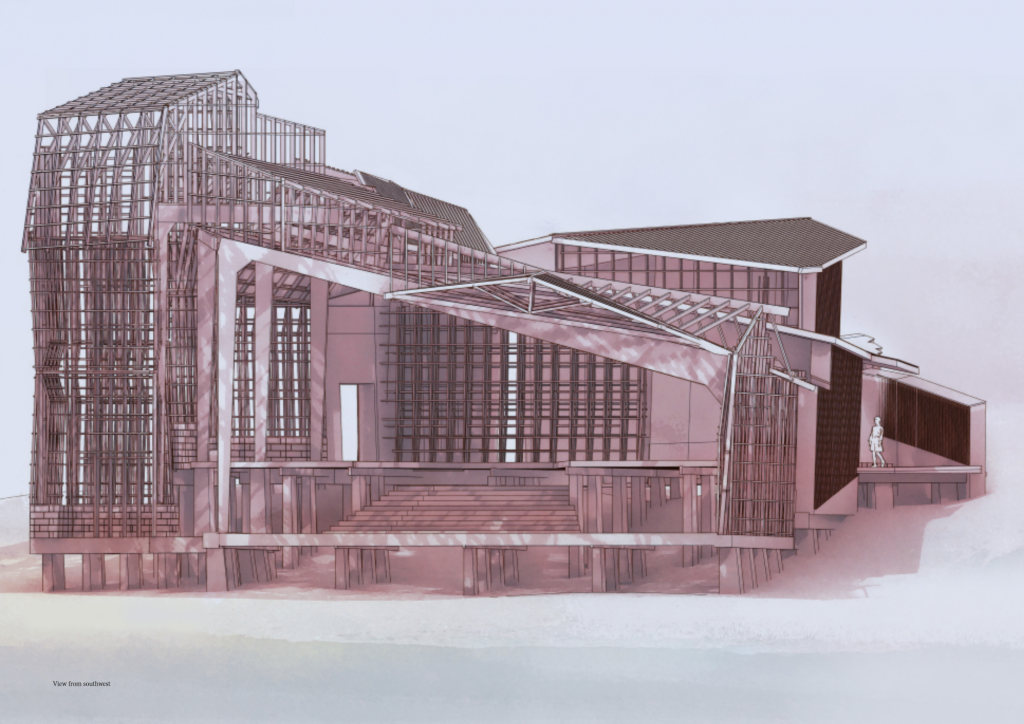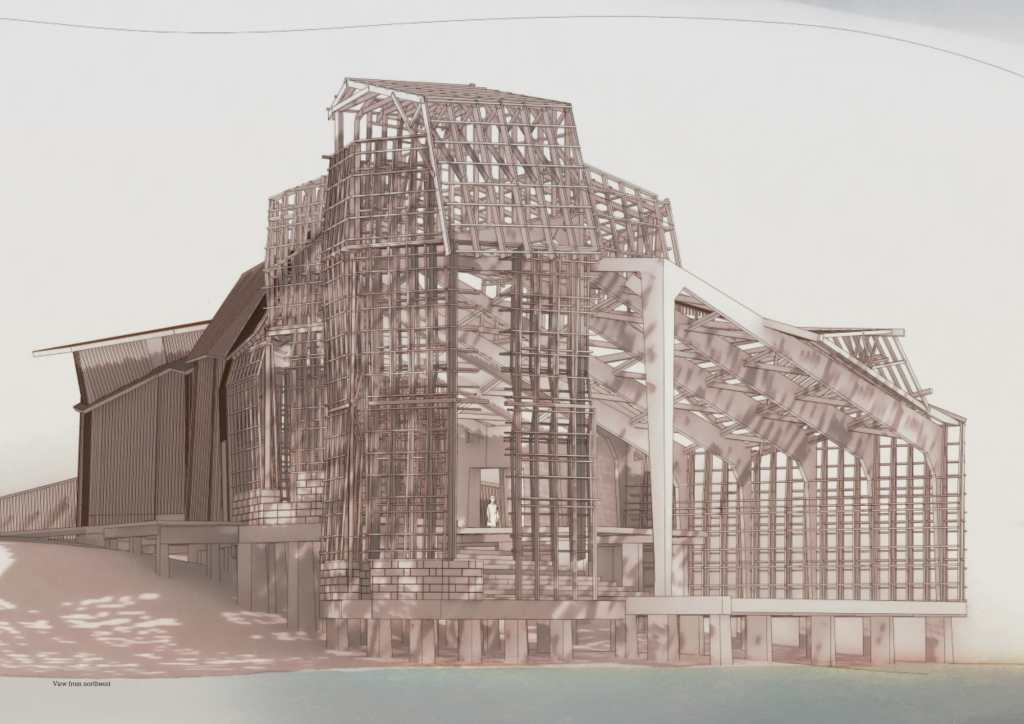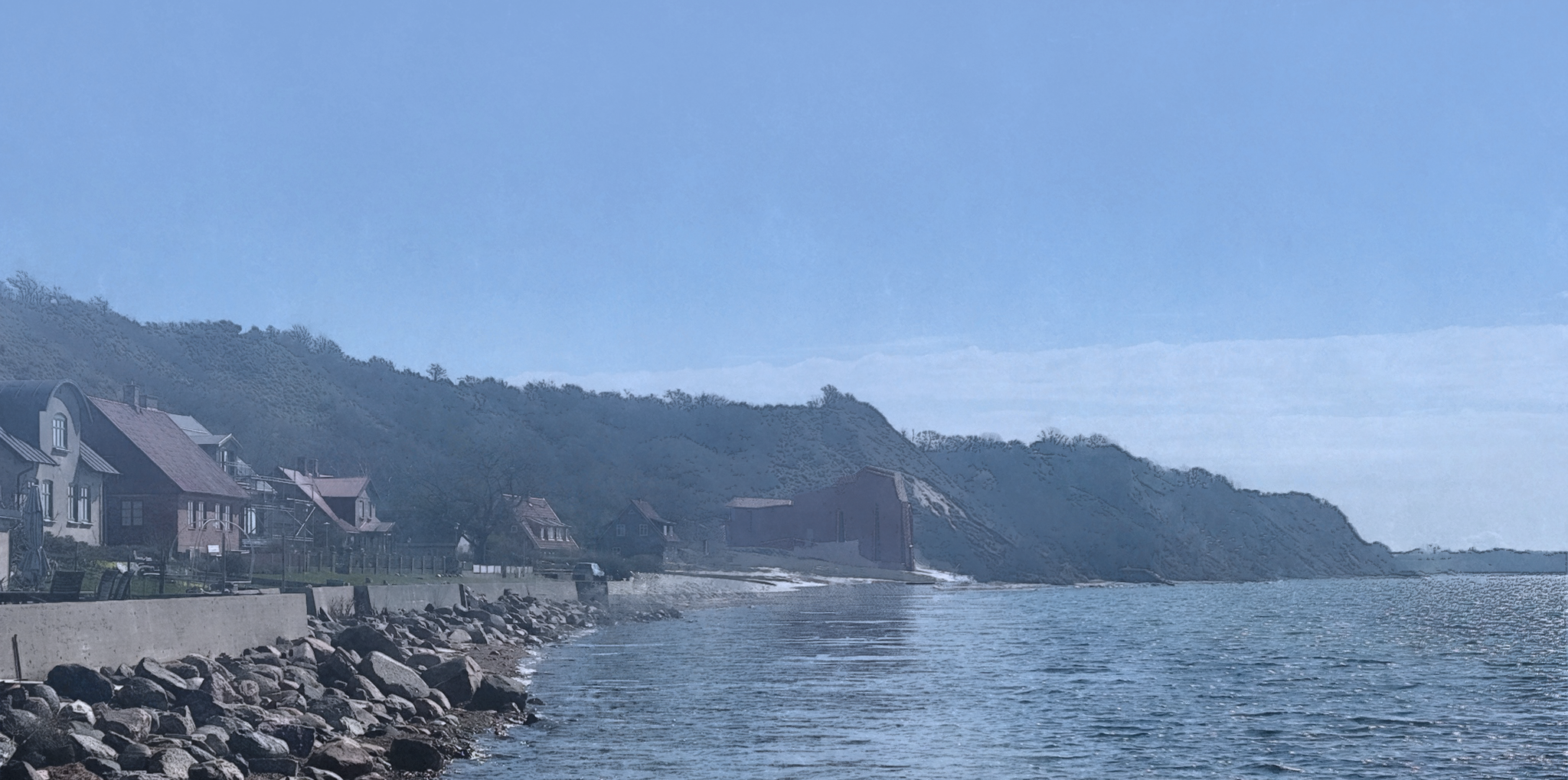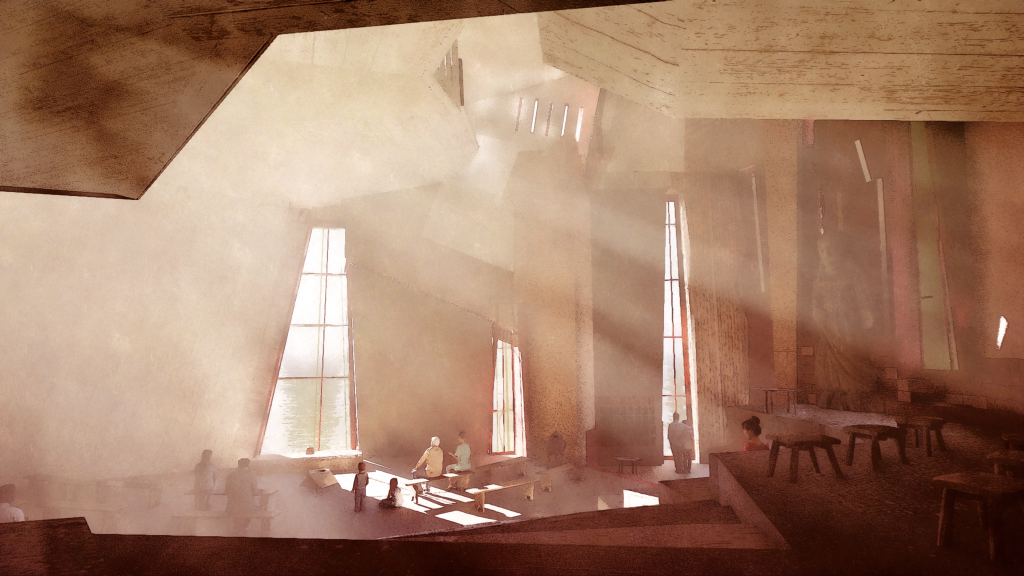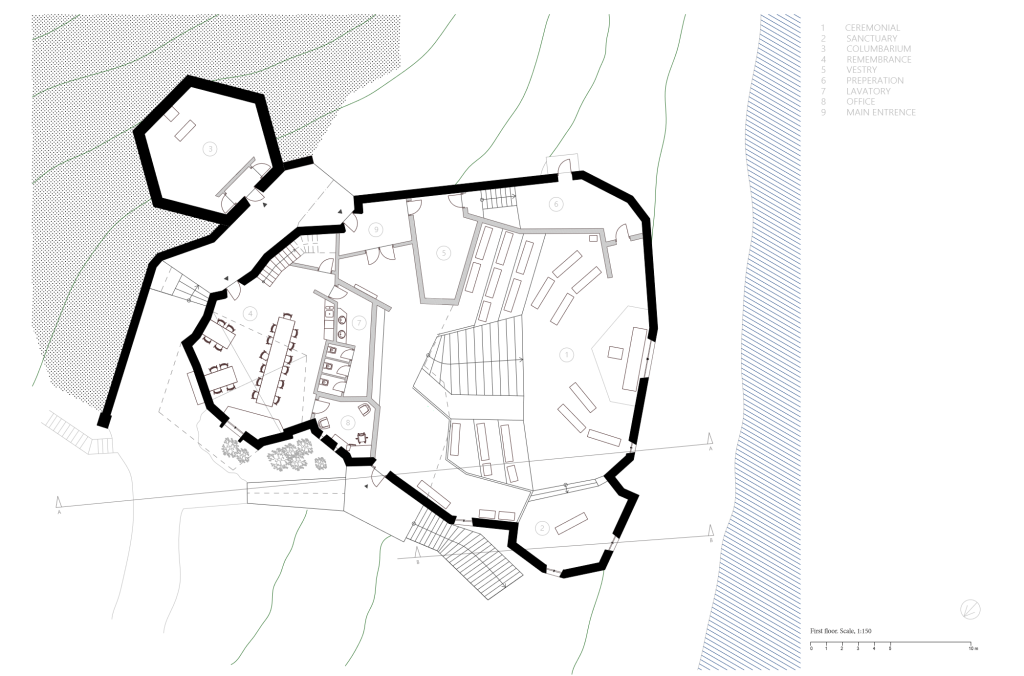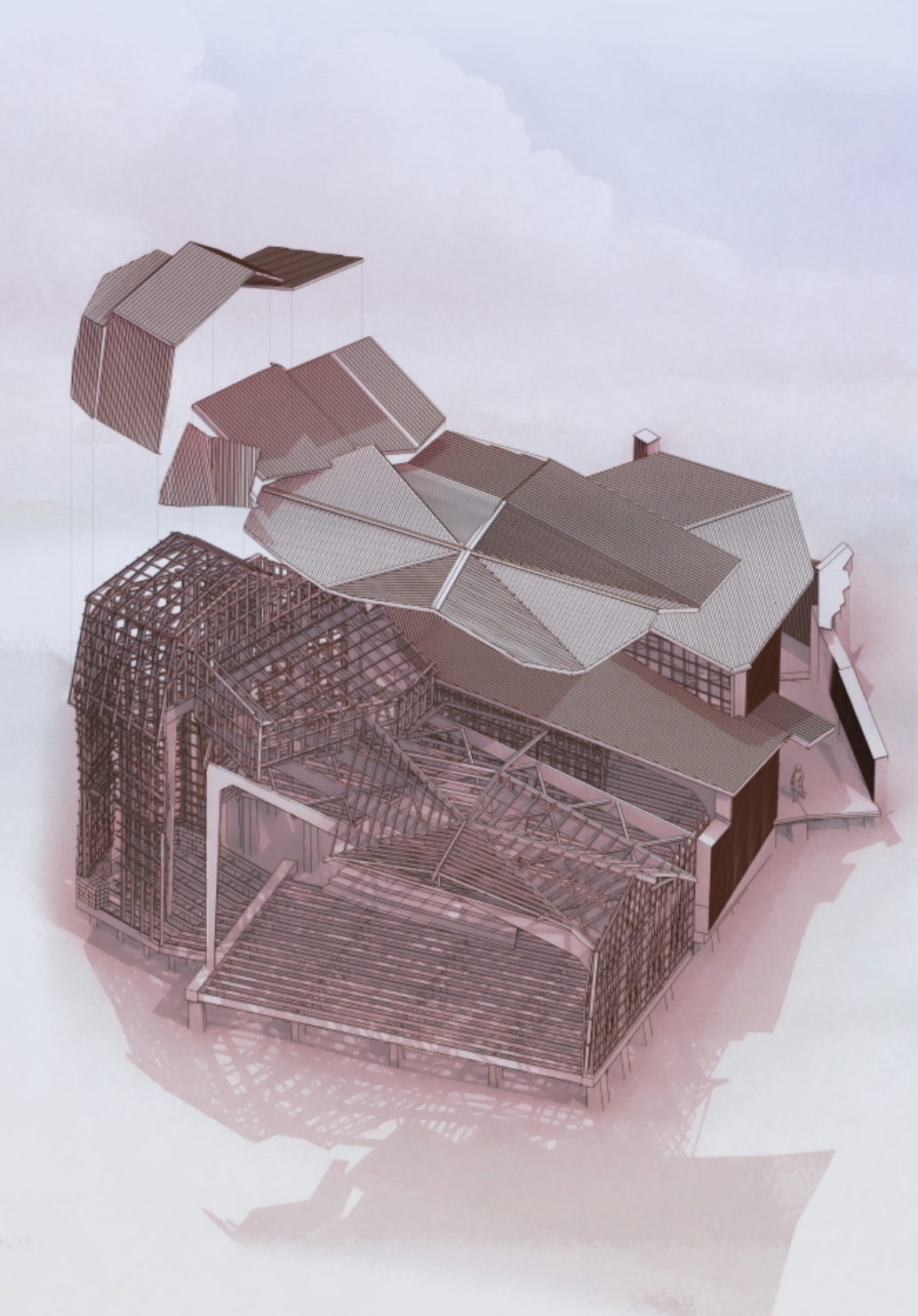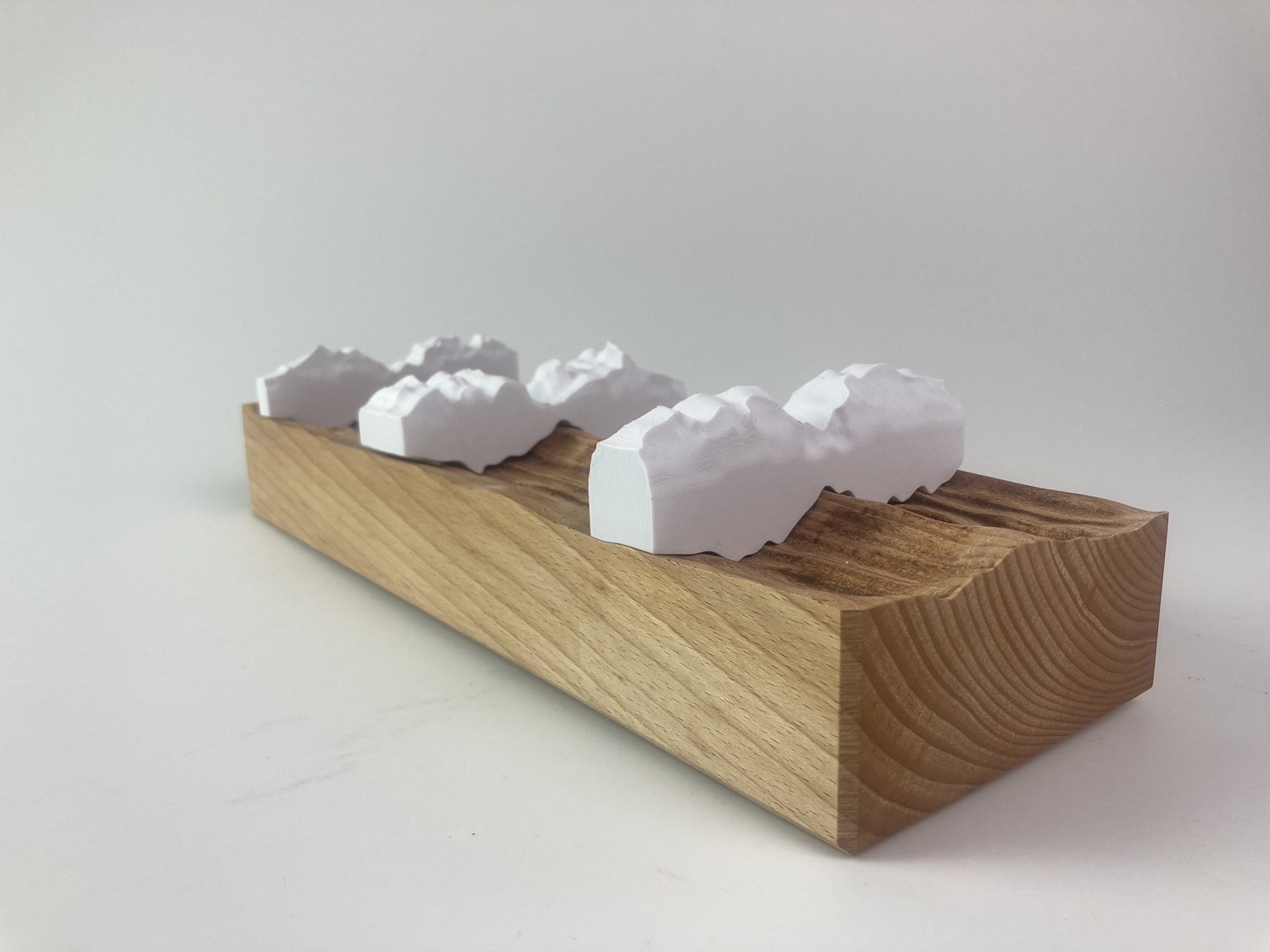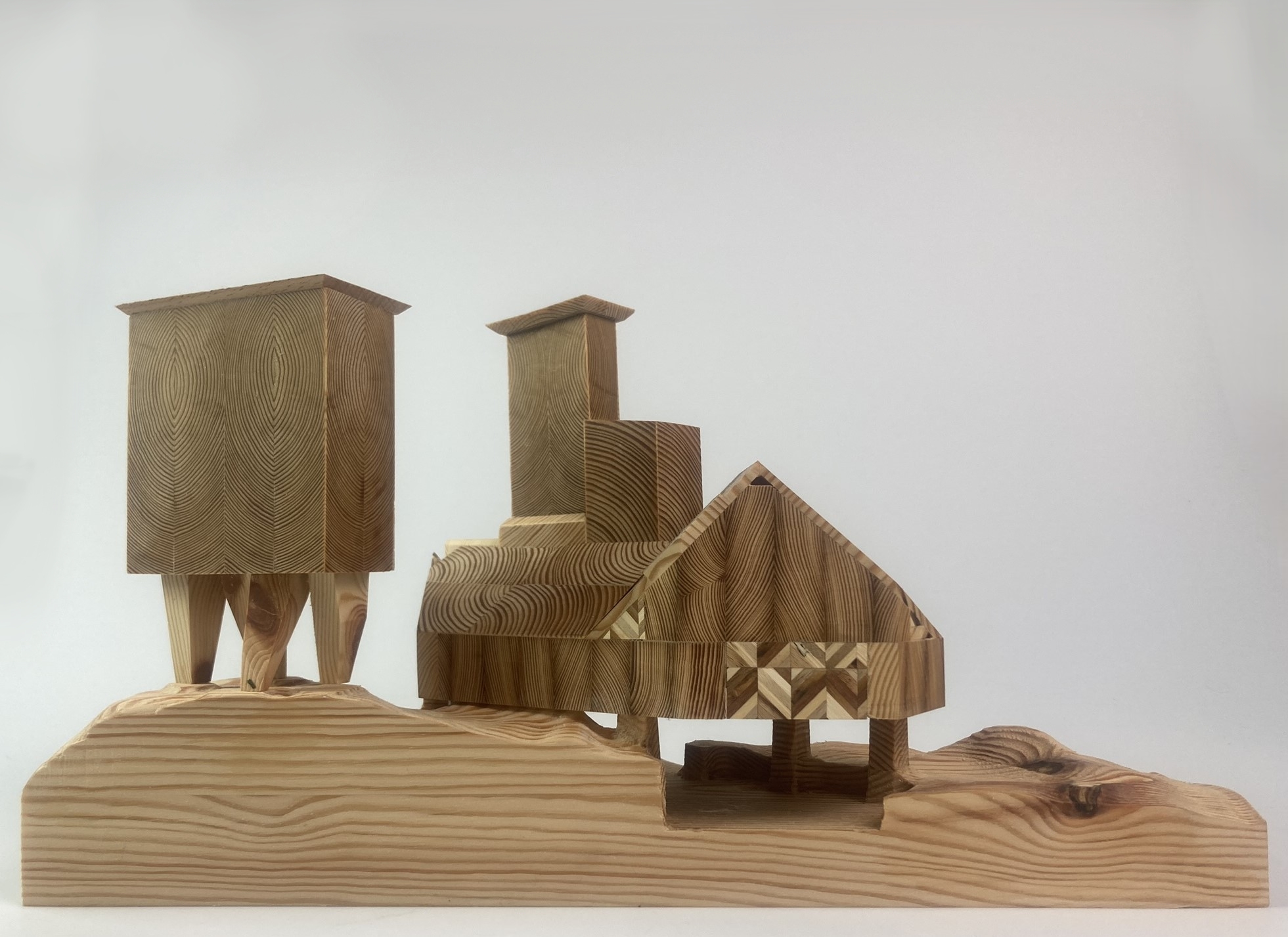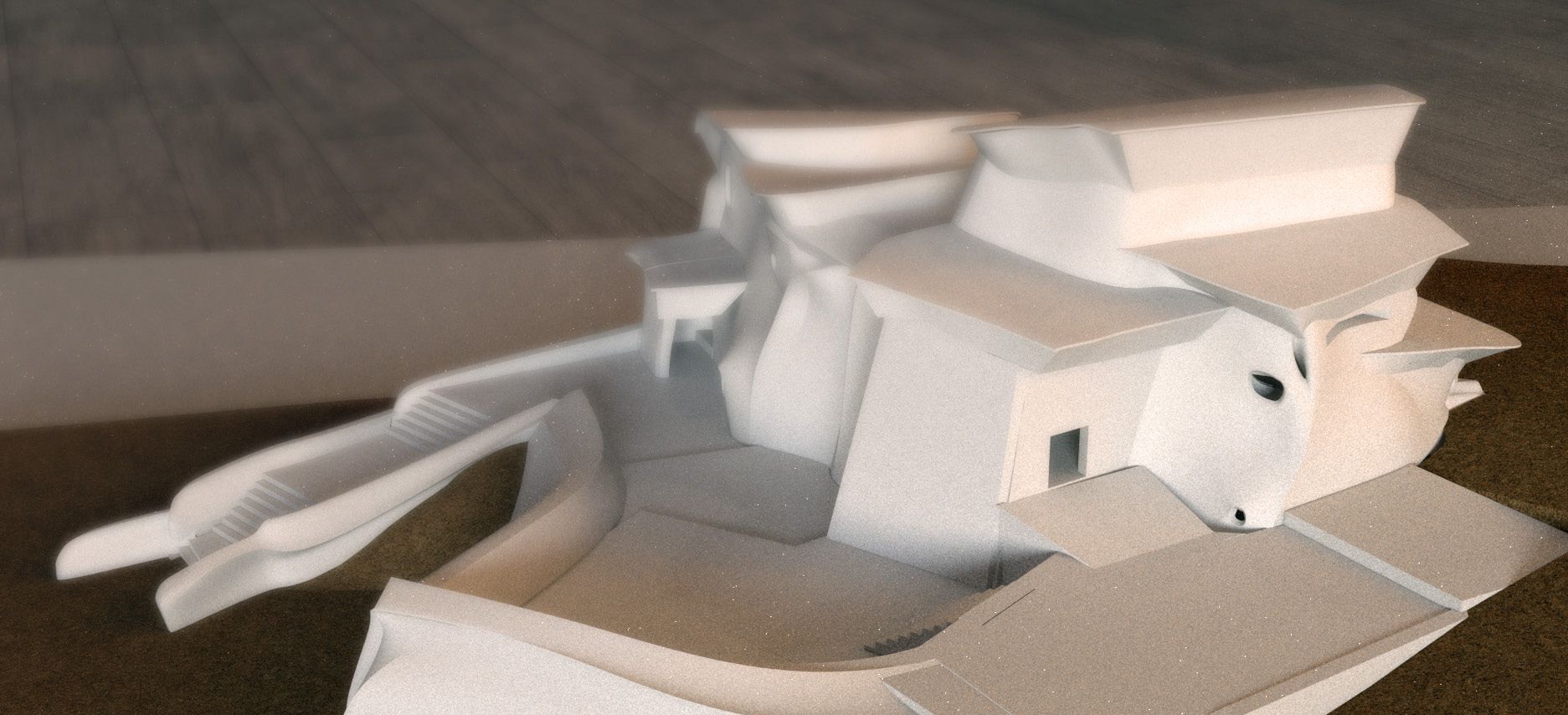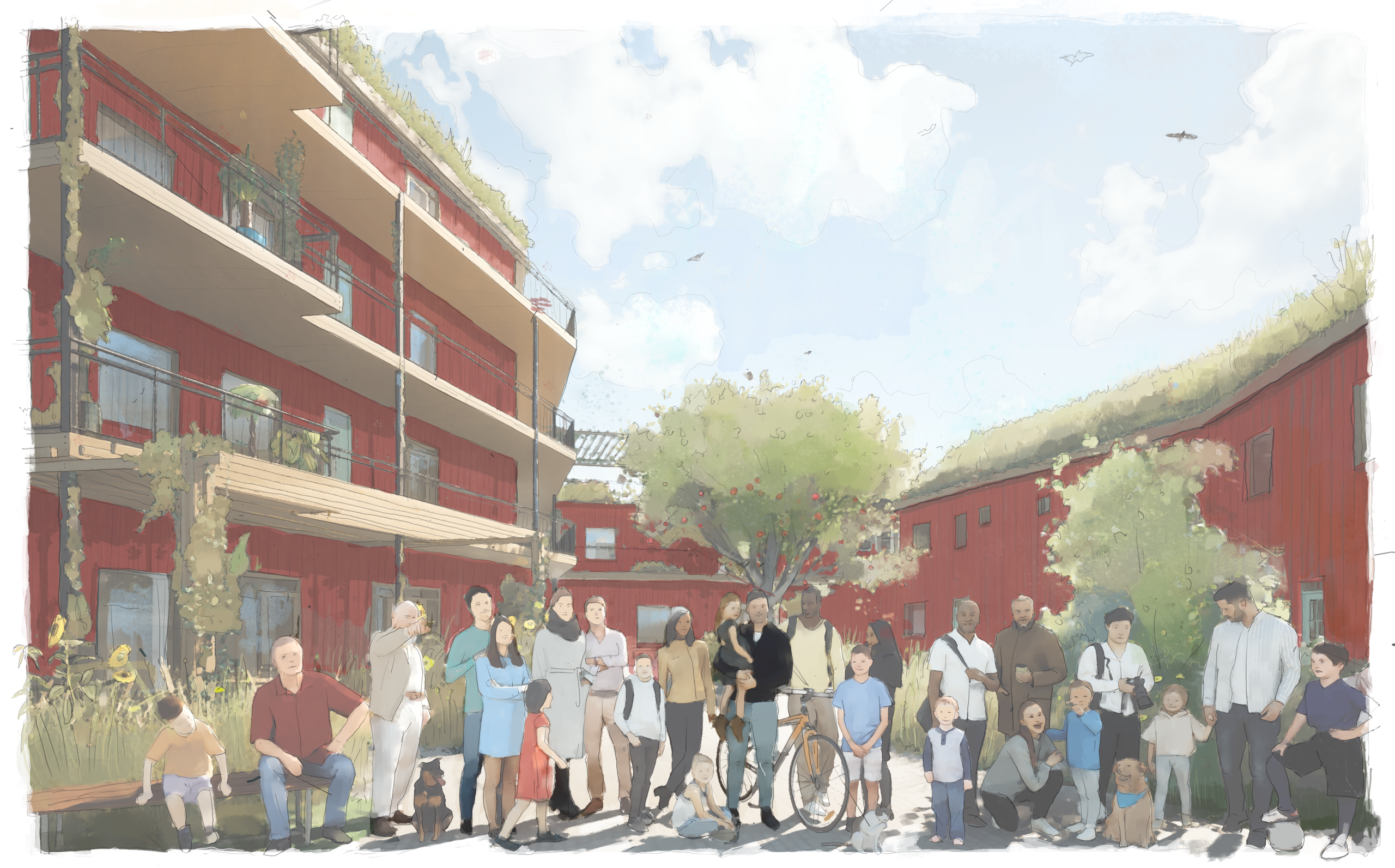This thesis explores the intersection of ceremonial spaces and the concept of “the thinking hand” in architecture, with a focus on the design of secular spaces for funerals and burials in the context of Sweden’s increasing secularization. Drawing upon Juhani Pallasmaa’s “The Thinking Hand,” the thesis emphasizes the importance of embodied knowledge, sensory experiences, and materiality in architectural design, and how architecture can create meaningful and emotionally resonant spaces.
It proposes an architectural design for a ceremonial space on the island of
Ven, incorporating these principles to create a space that fosters contemplation, reflection, and connection with the natural environment. The design aims to provide a meaningful and adaptable space for various burial practices, addressing the changing needs and functions of ritual spaces in contemporary society.
For a full read on this thesis, please go to https://lup.lub.lu.se/student-papers/search/publication/9161868
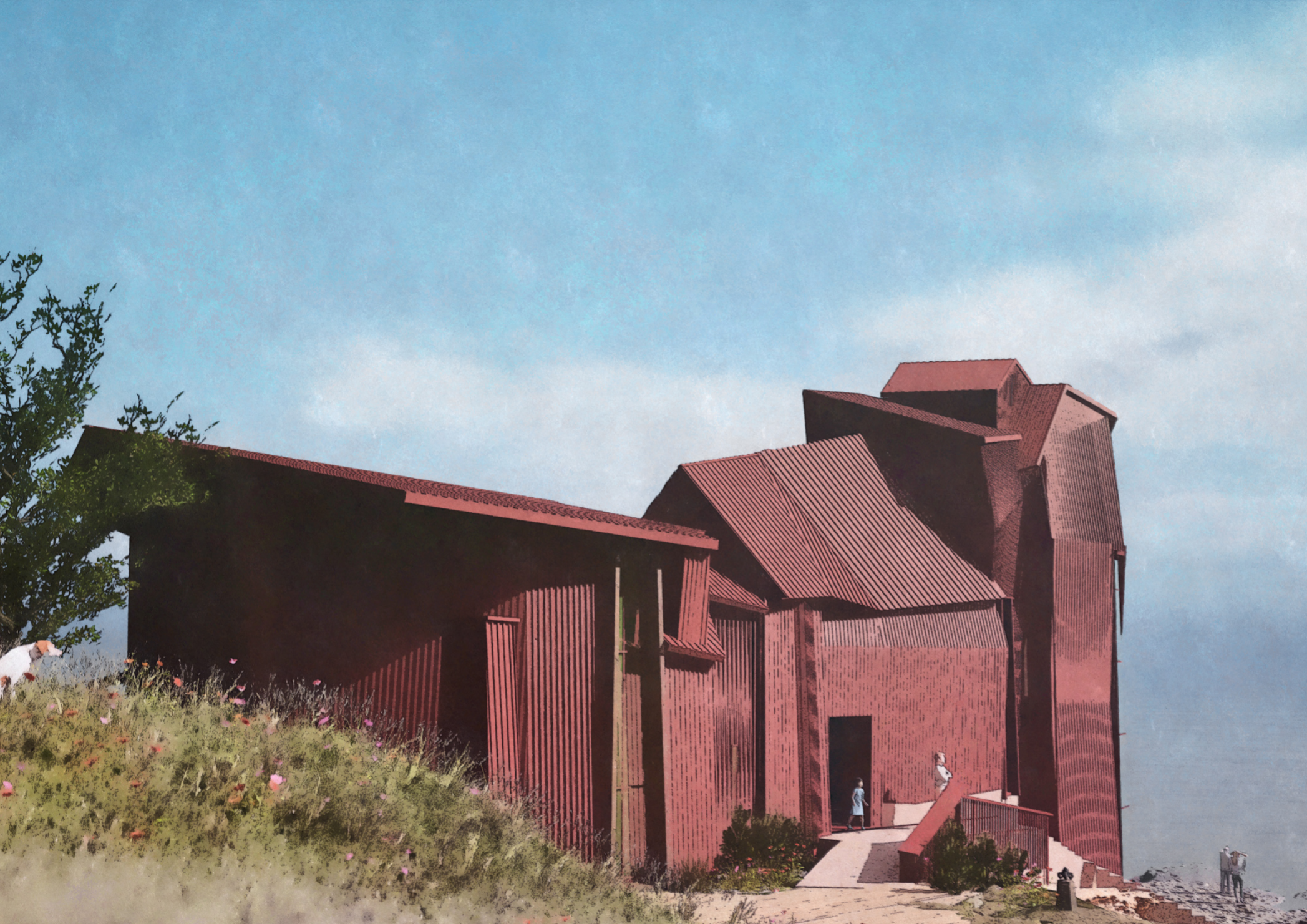
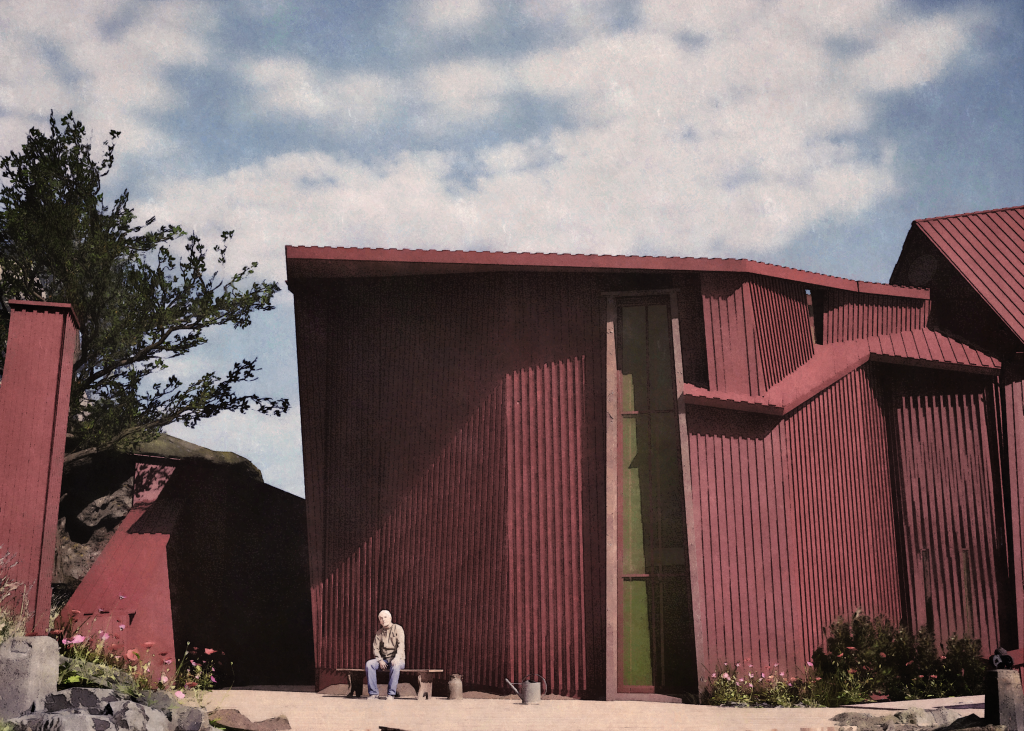
Key aspects of this proposal have been in trying to to spatially communicate a space for a ceremonial act, primarily towards burials. This architectural exploration naturally extends to concepts surrounding beauty, sensory architecture, art, craftsmanship, and the relationship between humans and materials, as these are all deeply intertwined with the practice of architecture.
It also touches on the human-built relationship with death as expressed through architectural symbols, ornaments, sculptures, fables, and pictorial representations, and with this, the spatial aspects of death rituals – the movements, passages, and crossings that architecture facilitates.
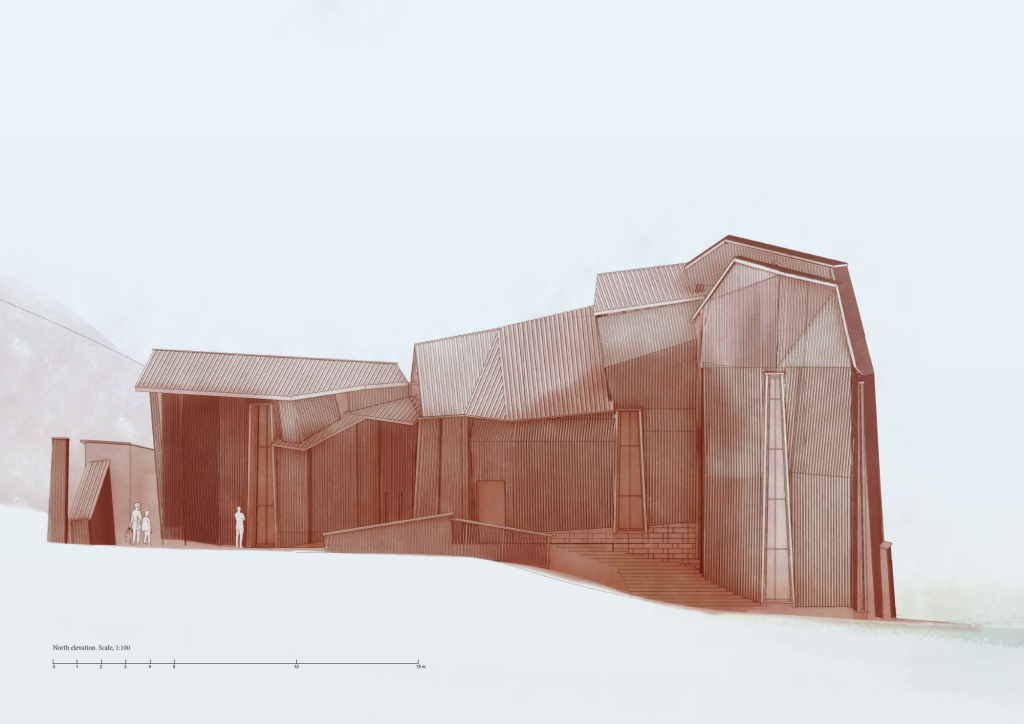
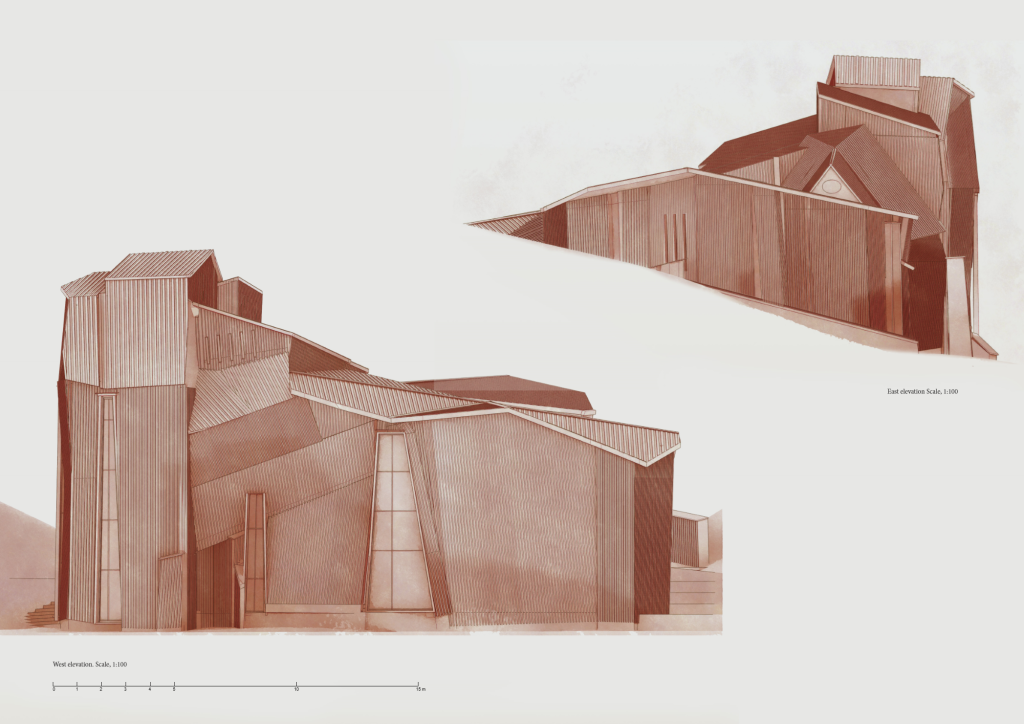
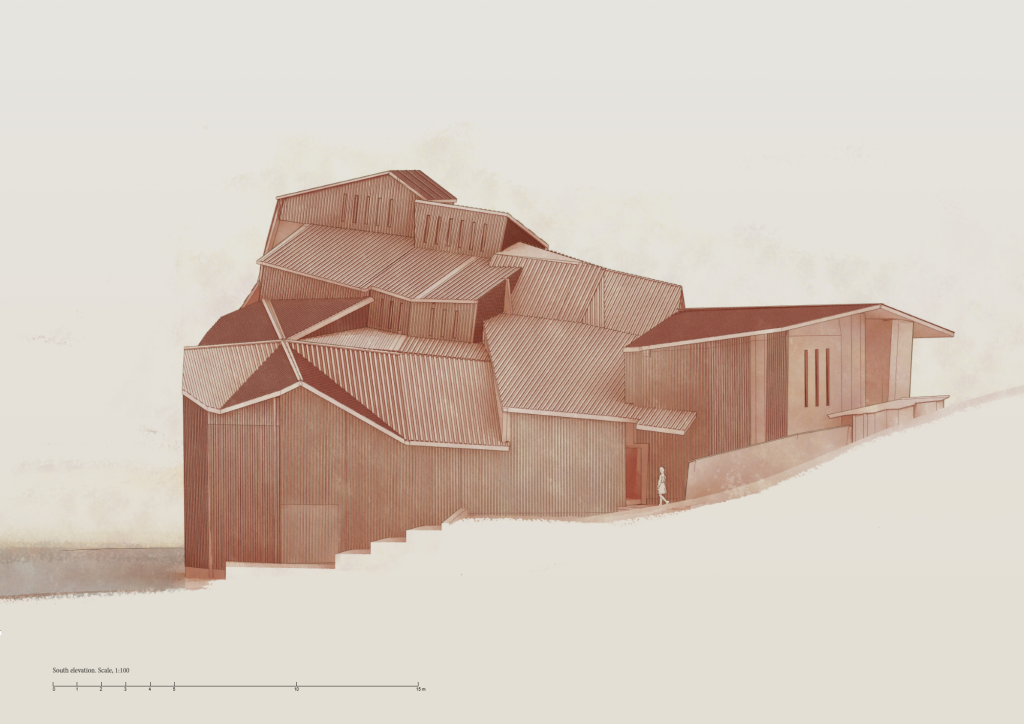

The proposal aims to prioritize sensory engagement. The dynamic and expressive angular forms of the building and the use of red-painted wood aim to create a sensation of uncertainty, but also embrace and warmth. Here the color, Falu rödfärg, is symbolically important to the design. This choice of material is intended to provide a sense of continuity with traditional building practices, but also to enhance the buildings’ presence within the natural landscape, offering a connection with the surrounding environment.
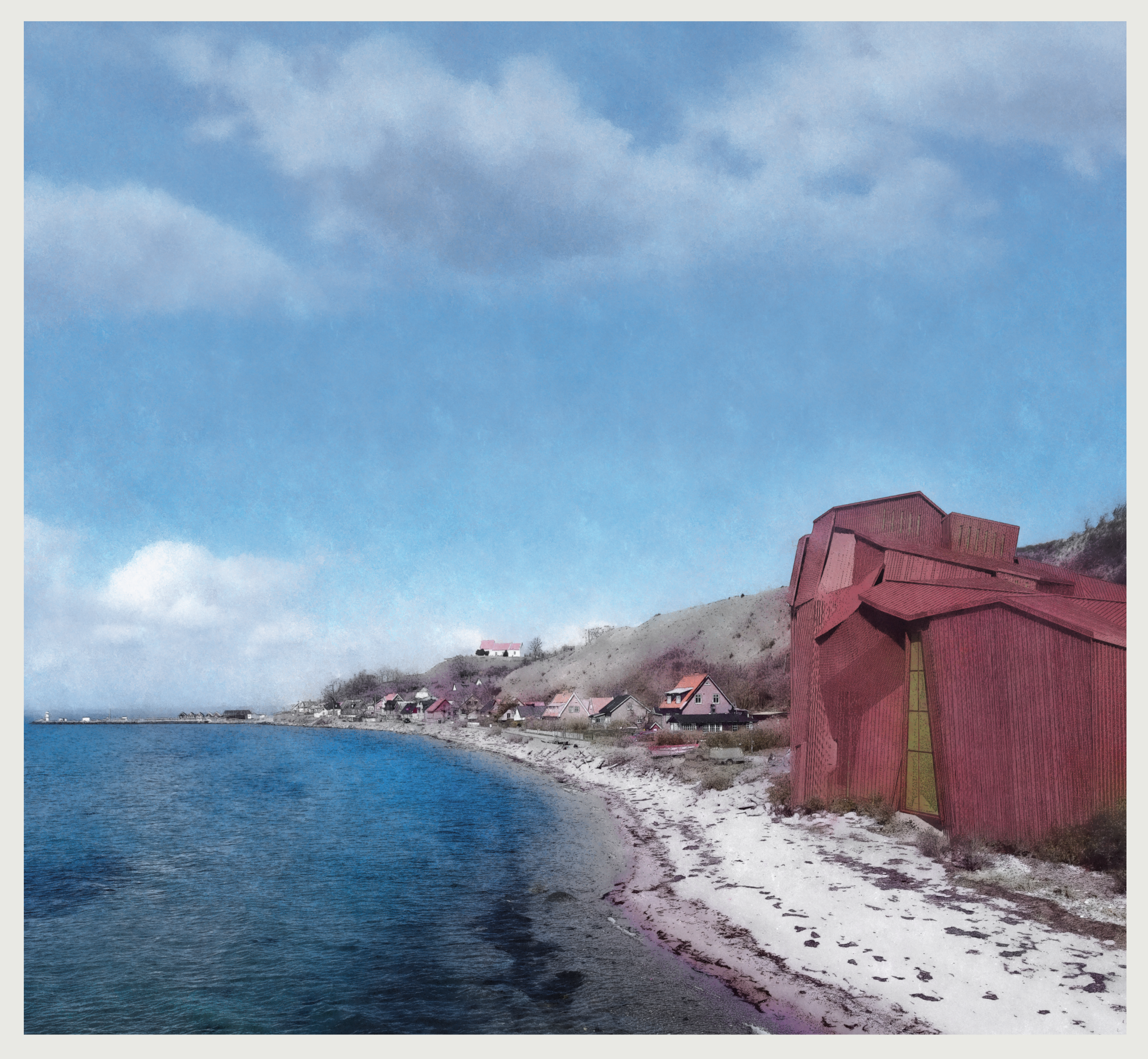
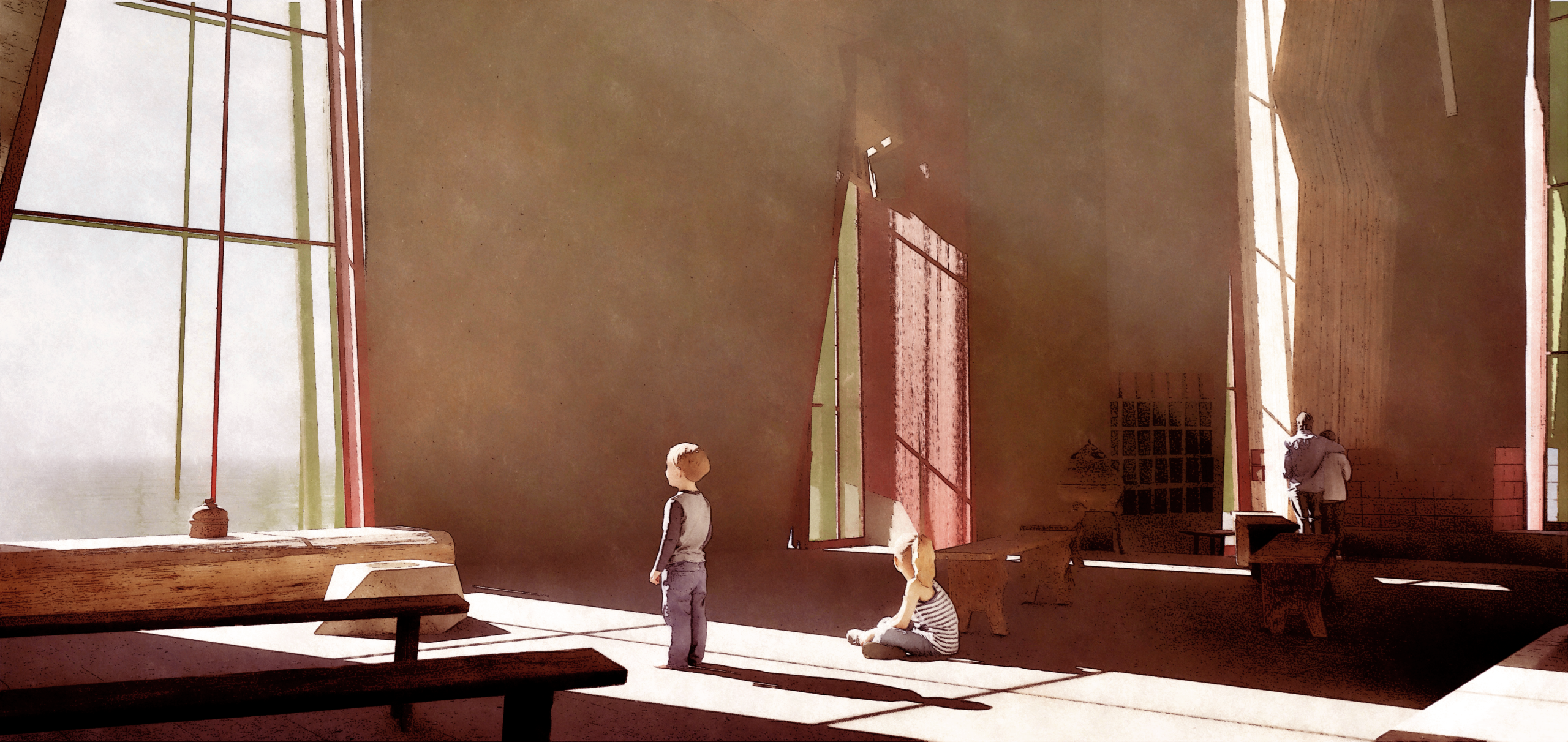
The interior of the ceremony hall is spacious and open, encouraging an embodied experience where visitors can engage with the space through all their senses. The atmosphere aims to offer warmth, contemplation and a sense of belonging, supported by its integration with the surrounding ocean. It hopes to invite touch and interaction, and in that sense to create a space that is both deeply personal and universally accessible.
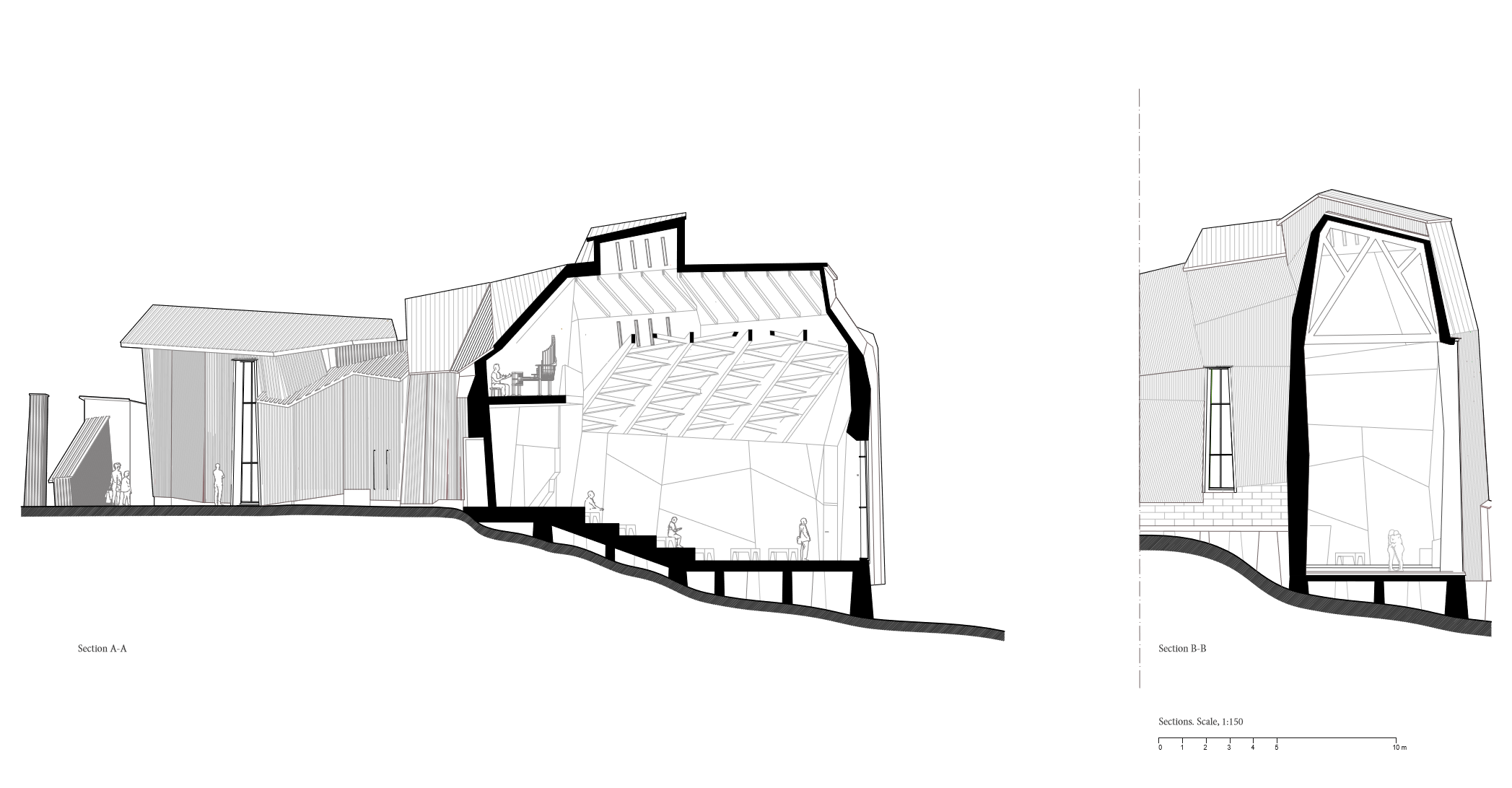
The building, characterized by its numerous angles and sculptural attributes, consists of a primary and secondary tectonic structure.
The primary structure, a conventional wooden
frame, relies on vertical trusses to bear the main loads and connect to the roof. In the ceremonial hall, longer spans are achieved through tapered glulam beams.
